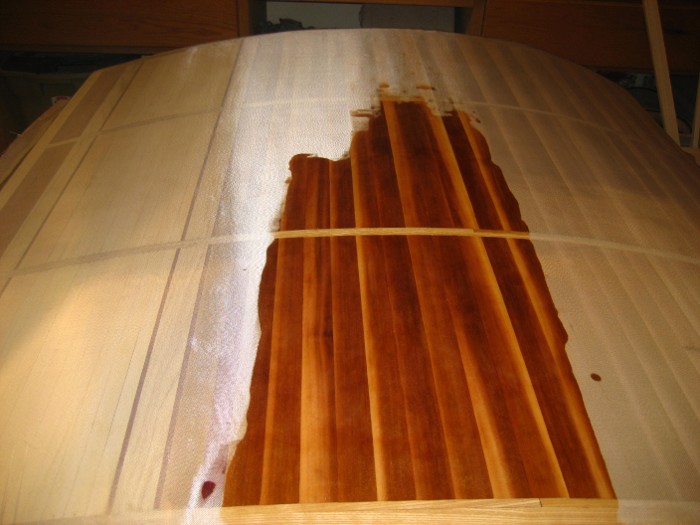Fiberglass Cloth
15 posts
• Page 1 of 1
Fiberglass Cloth
My wife and I have been collecting materials for our trailer and are getting close to starting to build. Weather/waterproofing is one of our concerns. Steve Frederick's book recommends fiberglass and epoxy for this but doesn't mention what weight cloth to use. So I have to ask, what weight of fiberglass cloth is sufficient to make a trailer waterproof or is it need? Any suggestions?
I'm just guessing here so hopefully more experienced builders will chime in and offer some suggestions. My thoughts are based on what I've done with model aircraft so they may not really apply.
1 to 3 oz cloth - It doesn't add much strength but the tight weave gives a very smooth finish with little or no filler required.
6 and up oz - Drastic increase in strength but requires fillers or multiple coats to get a smooth finish.
I'm just guessing here so hopefully more experienced builders will chime in and offer some suggestions. My thoughts are based on what I've done with model aircraft so they may not really apply.
1 to 3 oz cloth - It doesn't add much strength but the tight weave gives a very smooth finish with little or no filler required.
6 and up oz - Drastic increase in strength but requires fillers or multiple coats to get a smooth finish.
Steve & Cynthia
-

PSBreen - Donating Member
- Posts: 185
- Images: 93
- Joined: Tue May 24, 2011 12:36 pm
- Location: Layton, UT
Right or not, I used a 3.5 oz plain weave on my trailer. Plain weave is easier to wet out, but when you use lighter weight cloth (such as a 3oz cloth), you need to be careful when you handle it not to snag it. You certainly don't need anything heavier. I typically stay away from tight weaves due to wet out problems....

-

Juneaudave - Super Duper Lifetime Member
- Posts: 3237
- Images: 380
- Joined: Sun Jul 03, 2005 12:11 pm
- Location: Juneau, Alaska



